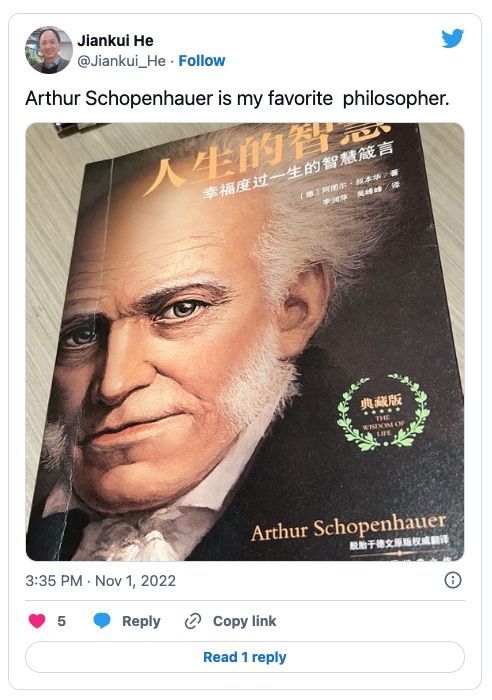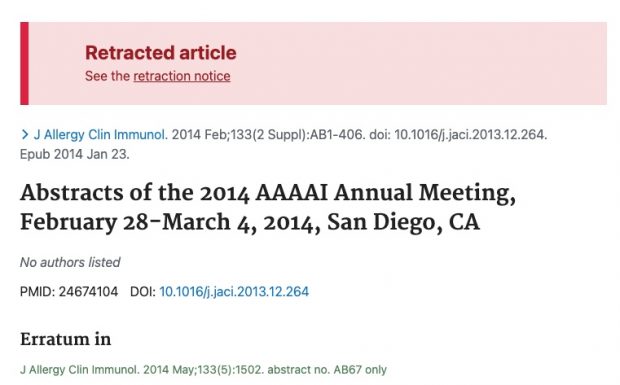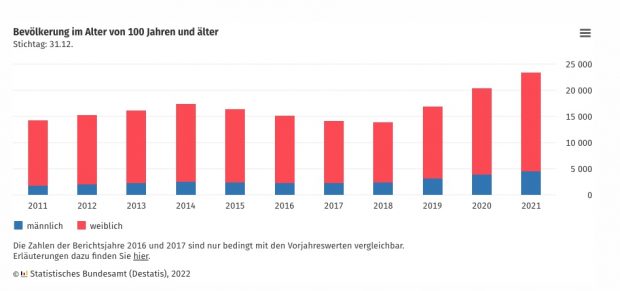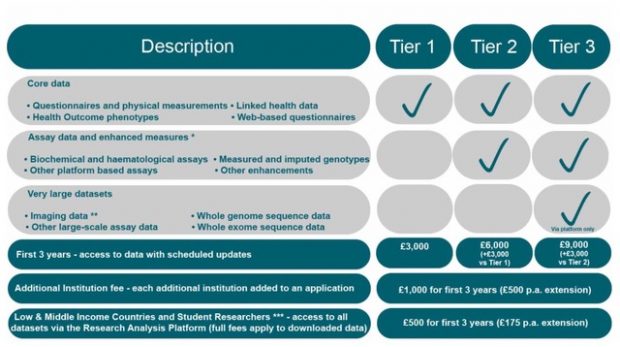Das neue Gesetz ist nur zum Teil ein Selbstbestimmungsgesetz, in einigen Passagen liest es sich mehr als Selbstverstümmelung-Ermöglichungsgesetz an, was da als Konzept auf der Webseite des Bundesministeriums für Familie, Senioren, Frauen und Jugend für den “Personenstandswechsel von Personen im Alter von 14 Jahren” gehandelt wird.
Für Minderjährige bis 14 Jahre oder bei Geschäftsunfähigkeit des Minderjährigen sollen die Sorgeberechtigten die Änderungserklärung gegenüber dem Standesamt abgeben können. Für Minderjährige ab 14 Jahren ist geplant, dass die Minderjährigen die Erklärung selbst mit Zustimmung der Sorgeberechtigten abgeben können. Um die Persönlichkeitsrechte der jungen Menschen zu wahren, sollen Familiengerichte in den Fällen, in denen die Sorgeberechtigten nicht zustimmen, orientiert am Kindeswohl – wie auch in anderen Konstellationen im Familienrecht – die Zustimmung der Eltern auf Antrag des Minderjährigen ersetzen können.
Von zentraler Bedeutung ist eine sachkundige, ergebnisoffene und kostenlose Beratung. Für Minderjährige und ihre Eltern wollen wir daher die Möglichkeit stärken, sich beraten zu lassen. Wir werden sicherstellen, dass Eltern und Minderjährige vor der Entscheidung auf sie aktiv hingewiesen werden. Die Beratung umfasst unter anderem die Familiensituation oder die persönliche Situation des jungen Menschen, Bedarfe, vorhandene Ressourcen sowie mögliche Hilfen, die Verwaltungsabläufe, mögliche Auswirkungen des Vornamens- und Personenstandswechsels, geschlechtliche Entwicklung, Geschlechtsidentität, Umgang mit Varianten der körperlichen Geschlechtsmerkmale, Schutz vor Ausgrenzung und Diskriminierungen sowie Hinweise auf andere Beratungsangebote im Sozialraum. Dabei soll auch auf Beratungsangebote einschlägiger Vereine und Verbände (“peer-to-peer”-Beratung) verwiesen werden.
Ab 14 Jahren gilt bei Kindern das Jugendstrafrecht, das in erster Linie Erziehungsmaßregeln vorsieht, weil ein Mensch mit 14 Jahren zwar viele aber bei weitem nicht alle Entscheidungen wie mit 21 Jahren überblicken kann, schon gar nicht in der Pubertät.
Erziehungsmaßregeln sind neben Erziehungshilfe und Erziehungsbeistandschaft die Erteilung von Weisungen. Weisungen sind Gebote und Verbote, die die Lebensführung der Jugendlichen regeln und dadurch ihre Erziehung fördern und sichern sollen. Weisungen können sich beispielsweise darauf beziehen, bestimmte Orte zu meiden, bei einer Familie oder in einem Heim zu wohnen, eine Ausbildungs- oder Arbeitsstelle anzunehmen, einen Ausgleich mit den Verletzten zu erreichen, an einem Verkehrsunterricht teilzunehmen oder Arbeitsleistungen zu erbringen.
In dem Alter ist die Selbstbestimmung eingeschränkt und ich meine, das sollte so bleiben. Jede/r Pädiater/in hat natürlich Kinder mit Intersex Merkmalen gesehen – auf der Webseite der Universitätsklinik Heidelberg im übrigen noch als Missbildung bezeichnet. Muss man nicht unbedingt so bezeichnen, das Selbstbestimmungsgesetz ist jedenfalls ein neues Beispiel der ständigen Verrechtlichung (siehe Habermas und andere), die in vielen Fällen mehr schadet als nützt.
“Where is the evidence in [trans identified teens] that social transition will help them?”
Als Genetiker interessiert mich das Thema auch nicht so sehr aus der woke Perspektive, sondern mehr aus der biologischen Sicht, wo es durchaus auch Fortschritte diese Woche gab. Aber das ist ein anderes Thema.




